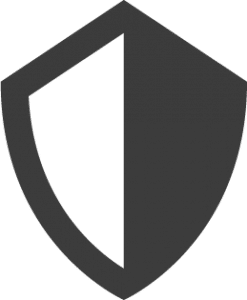Type of response:





The humanitarian needs in the east of the Democratic Republic of the Congo are huge. Both North and South Kivu are characterised by the presence of multiple armed groups since years. The presence of armed groups leads to armed clashes between these groups and the government army. This leads to growing insecurity, mass displacement, loss of livelihoods, violation of children’s rights and a surge in sexual violence cases. The places where displaced people settle lack essential services such as protection, education, clean water, healthcare and food.
The protection needs are massive. Especially displaced children are exposed to rape, early marriage, physical and emotional abuse, economic exploitation (including in mineral mines) and recruitment into armed groups. This leads to mental health issues, psychological stress and school dropouts.
Schools are often used as shelters for displaced people, disrupting the access to education. Moreover, schools lack proper (WASH) infrastructure, have overcrowded classrooms, lack sufficient materials and teacher lack capacity from a pedagogical and psychological point of view.
The provinces are also prone to natural disasters, with an active volcano present, and lakes that frequently overflow. Torrential rains have led to landslides in the past, killing thousands of people and making areas inaccessible. The lack of proper WASH infrastructure leads to the use of unsafe drinking water which in its turn leads to water borne disease outbreaks, such as cholera.
Moreover people lack sufficient food intake. In North Kivu, about 70% of the people face acute food insecurity. This is characterised by lack of seeds and farming tools, harvest losses and insufficient income.
The Joint Response
The design of the Joint Response is informed by joint needs assessment, to identify the areas with the most urgent needs. Based on the needs assessment, 4 areas were identifies. Beneficiaries in each implementation area (so called Health Zones), receive support in at least 3 sectors, making it multi-sector assistance.
The activities carried out under this Joint Response are the following:
The Joint Response is planning to reach 412.530 people during this response.
Save the Children
Laan van Nieuw Oost-Indië 131-k
2593 BM Den Haag
The Netherlands
Chair organisation: Plan International
E: office@dutchrelief.org